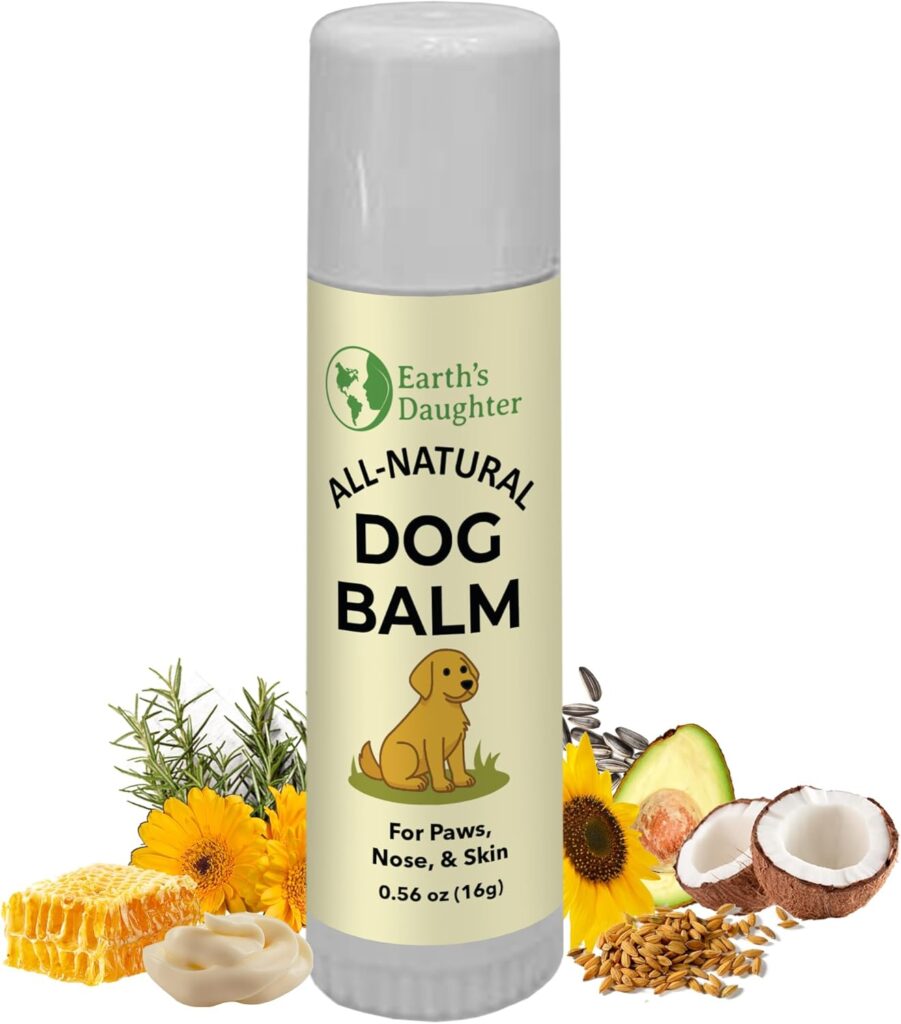Dog hyperkeratosis is a common condition that causes thickening and hardening of the skin, often affecting the paw pads and nose.
This can make walking uncomfortable and increase the risk of cracking, infections, and irritation.
While it’s usually not life-threatening, caring for a dog with hyperkeratosis requires consistent attention to keep their skin soft, healthy, and protected.
In this post, we will explore 5 ways to support hyperkeratosis in dogs, starting with what hyperkeratosis is.
Let’s dive in!
What Is Hyperkeratosis?
Hyperkeratosis occurs when the skin produces an excess amount of keratin, leading to thick, dry, and sometimes cracked areas.
It most commonly appears on the paw pads and the nose, but can affect other parts of the body in severe cases.
Causes include genetics, age, chronic irritation, infections, or underlying health conditions.
Symptoms include rough, dry, or crusty skin, discomfort while walking, and sometimes bleeding or infections in extreme cases.
5 Ways to Support Dog Hyperkeratosis
1. Dog Paw and Nose Balm
A high-quality paw and nose balm is essential for moisturizing and protecting thickened skin.
Paw balms help manage hyperkeratosis by moisturizing and softening thick, dry paw pads and noses.
They create a protective barrier that reduces cracking, irritation, and discomfort from rough surfaces or extreme weather.
Regular application keeps your dog’s paws and nose more comfortable and resilient.
Out of all of the balms my dog has tried, his personal favorite is Earth’s Daughter Dog Paw & Nose Balm.
This paw & nose balm is his favorite because it combines organic beeswax, coconut oil, and calendula to soothe dry, cracked paw pads and noses.
It is also a lick-safe balm that helps support natural healing, reduces irritation, and provides a protective barrier against harsh surfaces or weather conditions.
Simply follow the directions on the back and you’re good to go!
2. Maintain Proper Hygiene
Keeping your dog’s paws and nose clean helps prevent infection and reduces additional irritation.
Dirt, debris, and environmental chemicals can worsen hyperkeratosis, especially if the skin is already cracked.
Gently washing and drying the affected areas after walks or outdoor play removes these irritants and promotes a healthier skin environment.
Regular hygiene routines also allow you to monitor your dog’s paws and nose for signs of infection or worsening dryness.
3. Supplement Omega-3 Fatty Acids
Omega-3 fatty acids are essential for skin hydration, elasticity, and overall coat health.
Adding a high-quality krill oil to your dog’s diet like Alpha Dog’s Krill Oil can reduce inflammation and dryness associated with hyperkeratosis.
Over time, omega-3s help improve the skin’s natural moisture retention and support a softer, healthier texture on paw pads and noses.
This nutritional support complements topical treatments and promotes overall skin wellness.
4. Avoid Harsh Surfaces and Chemicals
Hot pavement, ice, salted sidewalks, and harsh cleaning agents can further irritate already dry, cracked skin.
Limiting your dog’s exposure to these conditions protects their paw pads and nose from additional damage.
In extreme weather, protective dog booties or paw covers can provide an extra layer of defense, preventing friction and environmental stress.
Being mindful of where your dog walks or plays can make a big difference in long-term skin health.
5. Regular Vet Check-Ups
Some cases of hyperkeratosis may be linked to underlying health conditions such as hypothyroidism, autoimmune disorders, or infections.
Regular veterinary visits ensure that any contributing medical issues are identified and addressed promptly.
Your vet can provide guidance on specialized treatments or nutritional adjustments, helping you create a comprehensive care plan.
This proactive approach prevents complications and keeps your dog’s paws and nose healthy and comfortable.
Supporting Dog Hyperkeratosis
Supporting a dog with hyperkeratosis involves consistent care, moisture, and protection.
Using a nourishing paw and nose balm, maintaining hygiene, supplementing with omega-3s, avoiding harsh surfaces, and monitoring health with a veterinarian can all improve comfort and skin health.
With these strategies, you can help your dog maintain soft, healthy paw pads and nose while preventing further complications.
Thank you for reading!
Affiliate Disclosure
Some of the links on this site are affiliate links. This means that if you click on the link and purchase the item, we may receive an affiliate commission at no extra cost to you. I only recommend products or services that I believe will add value to my readers, however some (not all) do pay us to be on this blog. Your support and theirs helps keep this blog running, and I genuinely appreciate it.
Medical Disclaimer
The information provided on this website is for educational purposes only and is not intended as medical advice. The content shared here is not written by a licensed veterinarian, and it should not be used as a substitute for professional veterinary diagnosis, treatment, or advice. Always consult with your veterinarian or other qualified pet healthcare provider before starting any new treatment or making changes to your pet’s health regimen.
